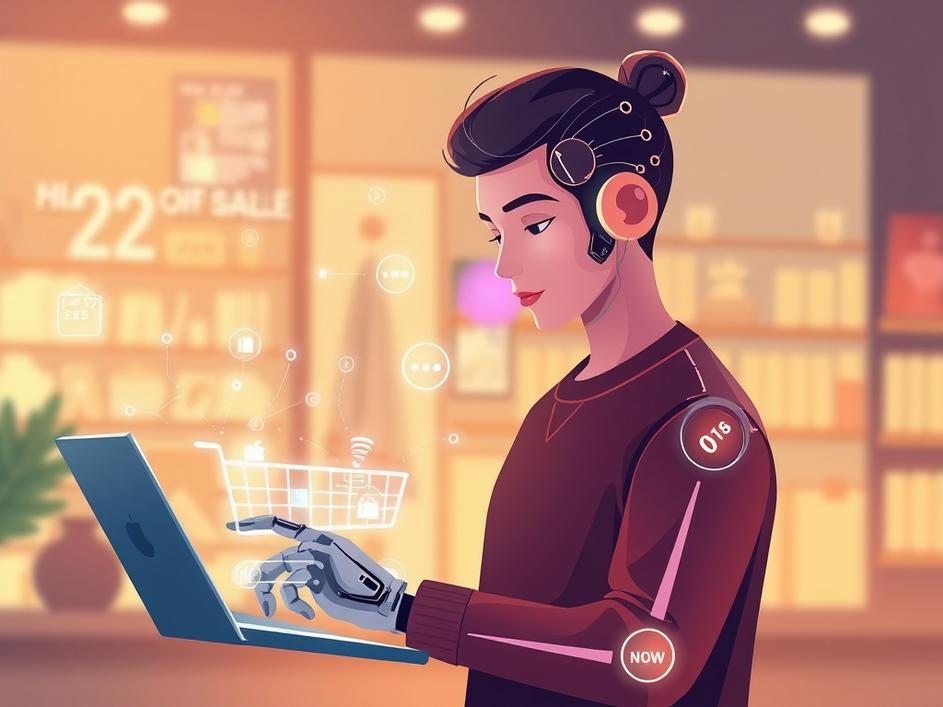


We are a digital agency helping businesses develop immersive, engaging, and user-focused web, app, and software solutions.
2310 Mira Vista Ave
Montrose, CA 91020
2500+ reviews based on client feedback

In the always-on, often-anxious world of stock markets, it feels like there’s a new big question every day. Lately, two of the loudest whispers have been about a possible market correction and whether the excitement around Artificial Intelligence (AI) has gone too far, turning into a bubble. You hear it at dinner parties, on financial news, and certainly in the investment circles. So, when a big-name investor like Cathie Wood, known for her bold bets on what’s next, speaks up, people listen. And what she’s saying right now is a bit of a head-scratcher for some: she’s flagging a risk of a general market correction, but she’s not buying into the idea that AI is a bubble.
What's Included?
ToggleIt’s no secret that many investors have been holding their breath, waiting for the other shoe to drop. The stock market has had some incredible runs, especially in certain sectors. After periods of strong growth, it’s pretty normal for folks to start wondering if things have gotten ahead of themselves. This is where the talk of a “market correction” comes in. It’s like the market needs to take a deep breath and reset, often meaning stock prices fall a bit across the board. Cathie Wood points to this general feeling, suggesting we might be due for such a moment. It’s not about one specific thing failing, but more about the overall environment. For regular people, this can feel scary, but seasoned investors often see it as a natural part of the market cycle. It’s a moment when things get a bit more realistic after a lot of optimism.
Now, let’s talk about AI, the undisputed heavyweight champion of buzzwords right now. From how we search the internet to how we create art, AI is everywhere, and its potential feels limitless. This explosion of interest has sent the stock prices of many AI-related companies soaring. Naturally, some people are looking at these sky-high valuations and getting flashbacks to past bubbles – think dot-com in the late 90s. But Cathie Wood has a different take. She says AI isn’t a bubble. Instead, she sees it as a fundamental shift, a powerful new technology that’s just getting started. It’s not about speculation on something that isn’t real; it’s about a technology with deep, wide-ranging utility that will change how businesses and people operate for decades to come. She believes the underlying innovation and the real-world applications are too strong to call it mere hype. This view challenges the common fear that AI is just a temporary craze that will eventually pop.
So, if AI isn’t a bubble, why the talk of a “reality check” on its valuations? This is where interest rates come into play, and it’s a super important point. When interest rates are low, money is cheap. Companies can borrow easily, and investors are often willing to pay a premium for future growth, even if those big profits are years away. But when interest rates go up, money gets more expensive. Suddenly, those future profits don’t look quite as appealing when discounted back to today’s dollars. Investors become more cautious, demanding a bigger “discount” for taking on the risk of waiting for those earnings. So, for AI companies, whose biggest profits are often projected far into the future, higher interest rates can make their current stock prices seem less justified. It’s not that AI’s potential has disappeared; it’s that the financial math for how we value that future potential has changed. This isn’t about AI being a fraud; it’s about the cost of money reshaping how much people are willing to pay for future growth right now.
Cathie Wood’s perspective really highlights her firm’s core investment philosophy. They focus intensely on what they call “disruptive innovation” – technologies that are set to completely change industries and daily life. For her, AI fits squarely into this category. She’s less concerned with short-term market fluctuations and more focused on the long-term, exponential growth potential of these groundbreaking ideas. Her view suggests that while the *price* of AI stocks might go through some ups and downs (the “reality check” part), the *underlying value* and the societal impact of AI will continue to grow immensely. This long-term horizon often means her funds can be volatile, as innovation doesn’t always follow a straight line up. But for those who share her vision, these short-term adjustments are just noise on the way to a much bigger picture.
What does all this mean for the everyday investor trying to make sense of things? Well, it’s a reminder that not all market downturns are created equal. A general market correction, driven by higher interest rates or other economic factors, is different from a speculative bubble popping. When it comes to AI, Wood’s take encourages us to look beyond the immediate hype cycle and consider the true, fundamental power of the technology. Yes, some AI stocks might have gotten a bit frothy, and a “reality check” on those valuations is entirely plausible, maybe even healthy. But the core idea that AI will reshape our world remains strong. It tells us that investors should focus on the companies with real innovation, real products, and a clear path to generating value, rather than just those with the loudest buzz. It’s about being discerning, understanding the difference between price and underlying value, and keeping a long-term perspective in a world that often gets caught up in the short-term.



Leave a reply